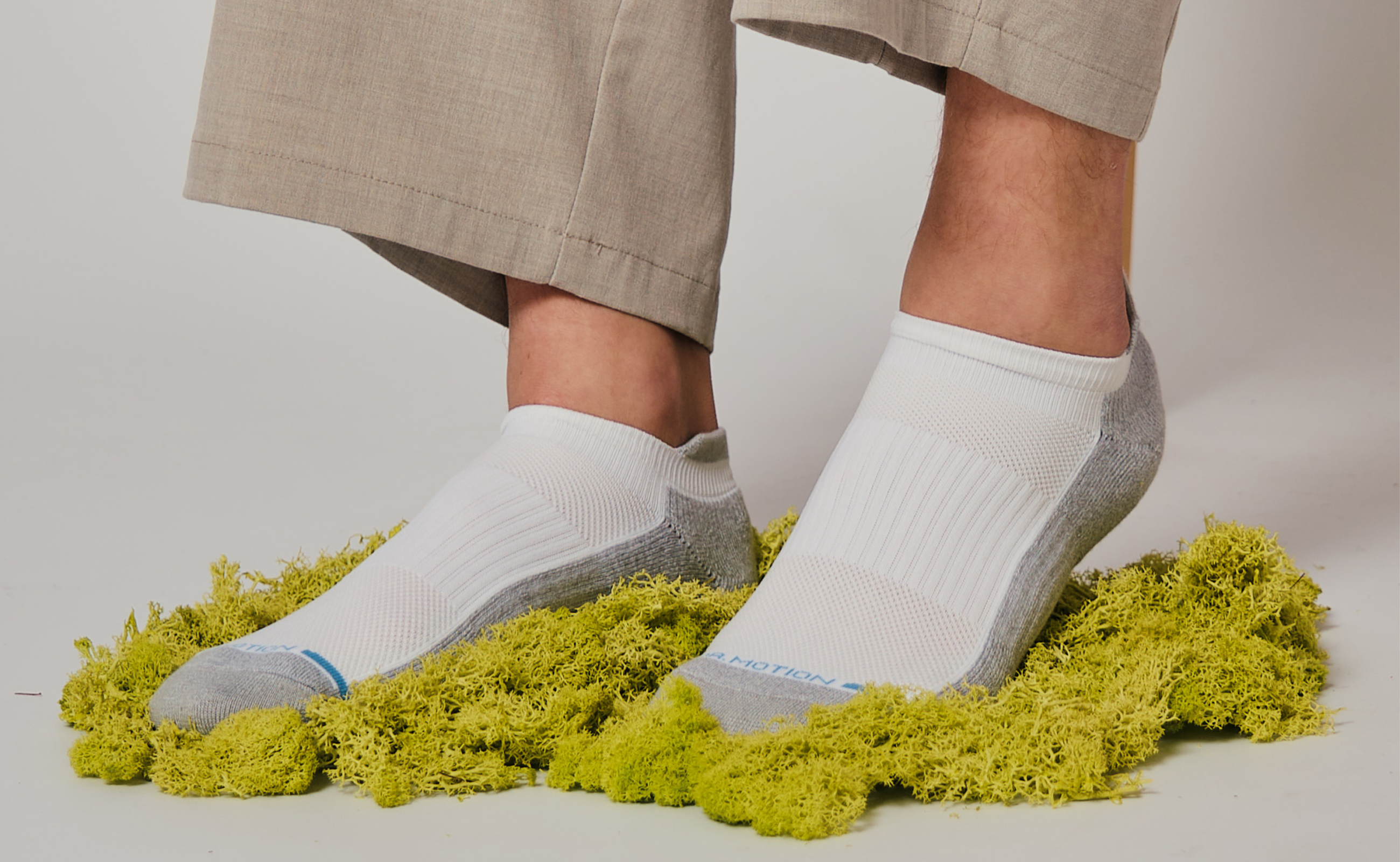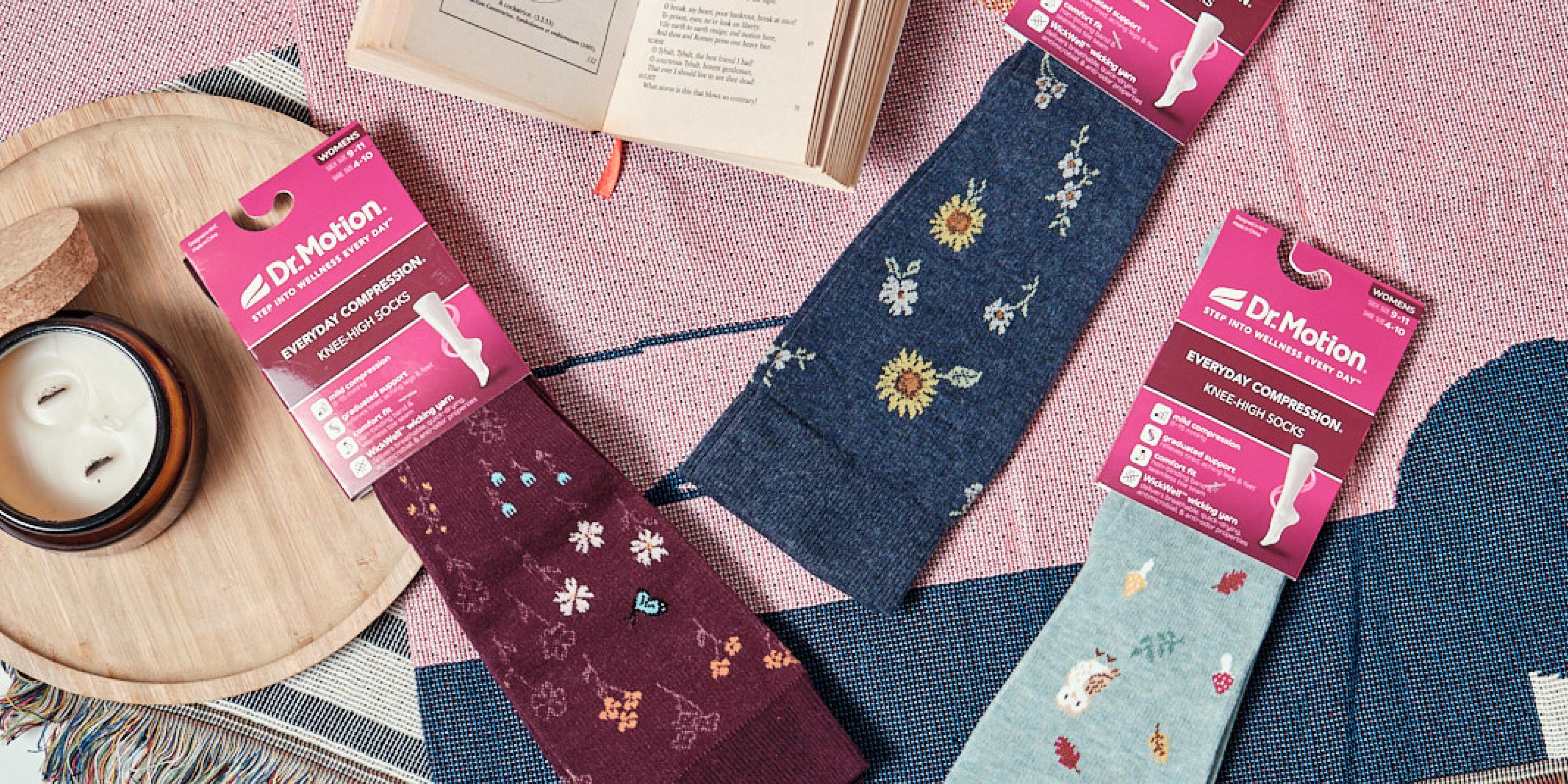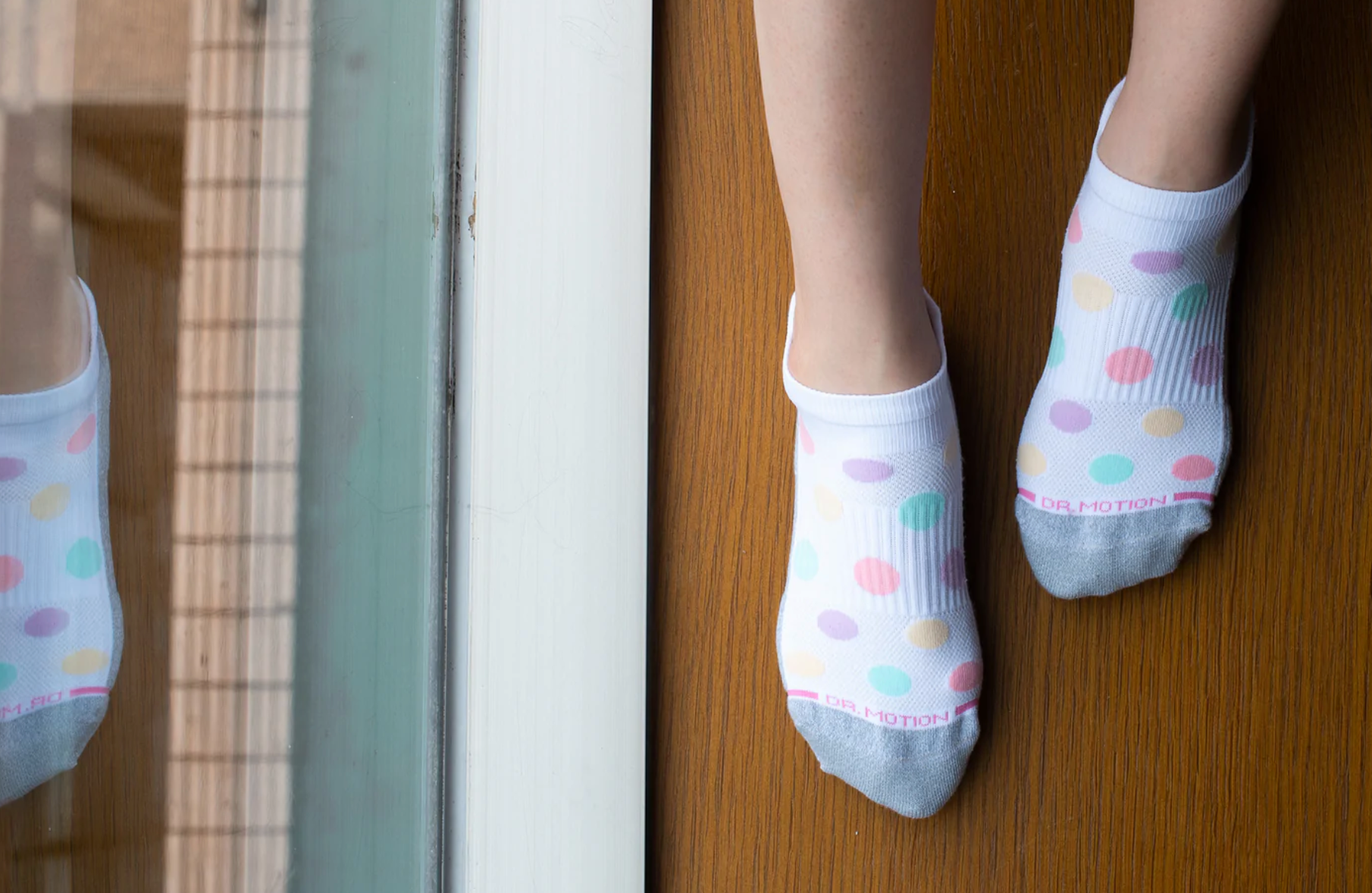How Compression Socks Can Help With Tingling Feet
If you have tingling feet caused by a medical condition or from standing for long periods of time, you know how frustrating it can be. Tingling and numbness in your feet and legs can be a sign of poor blood circulation, which can be combated by wearing compression socks. Using compression socks for tingling feet can actually be a great way to find relief from uncomfortable tingling. But how do compression socks work to help stop discomfort from tingling feet?
What are compression socks?
Compression socks are a type of sock that provides a gentle squeeze to your legs. This type of sock is snug-fitting, comfortable and provides many benefits. The gentle squeeze of pressure that compression socks apply to your legs can help improve blood flow and can help prevent serious medical conditions. Compression socks are often given to athletes and people who are at risk for circulation problems, but they can also have major benefits for all sorts of lifestyles and backgrounds.
How do compression socks work?
The pressure compression socks put on your legs help your blood vessels work better to push blood back up your legs and towards your heart. This helps counter the effects of gravity on your circulatory system. Compression socks can be useful for reducing swelling in your legs and feet and can keep your legs from getting tired and achy after long days of standing. They are great for preventing blood pooling and blood clots, which can be serious. People who suffer from conditions that can cause blood pooling in the legs greatly benefit from compression socks.
How compression socks help tingling feet
Since compression socks help increase blood flow in the legs, they may be able to help tingling in your feet. Tingling and numbness are major characteristics of poor blood circulation. Poor blood circulation can usually be managed with lifestyle changes, which can include wearing compression socks. Wearing compression socks can help prevent poor blood circulation, and thus alleviate uncomfortable symptoms such as tingling, numbness or burning in the feet and legs.
Tingling sensations and numbness can be caused by nerves in the affected area being pinched, or in some people with certain conditions, being damaged. While there is no way to repair a damaged nerve, symptoms associated with this type of damage can be managed with treatment. Conditions such as neuropathy may sometimes see relief in pain in affected parts of the body by wearing compression gear.
Choosing the right pair
There are many types of compression garments. For helping blood circulation in the legs, most people benefit from compression socks that go just below the knees. If your symptoms are primarily in your feet, you may also benefit from ankle-length compression socks. Full leg options also exist, such as compression tights. Sleeve compression garments just cover the leg or arm and do not cover the foot, making them great for many lifestyles.
Compression garments also have different levels of pressure depending on what you are using them for. For everyday wear in people without low to no symptoms, a mild pressure of 5-18 mmHg may be enough. For athletes and those suffering from more bothersome symptoms, moderate compression of 15-20 mmHg may provide better relief of symptoms. If these levels of compression do not improve symptoms, some people may require medical-grade compression socks.
Dr. Motion Compression Socks
If you're in need of relief from tingling feet, Dr. Motion compression socks may be able to help. Visit us online at Dr. Motion to view our wide selection of graduated compression socks for circulation improvement and reduced leg swelling and pain. Our socks are more comfortable and fit better - so you can wear them longer. Dr. Motion quality compression socks are available through major retailers and online at Amazon.
Disclaimer: This article provides information solely for educational purposes, including but not limited to text, graphics, images, and other materials contained herein. This article is not intended to substitute for professional medical advice, diagnosis, or treatment. Always seek the advice of your physician or another qualified healthcare provider with any questions you may have regarding a medical condition.











